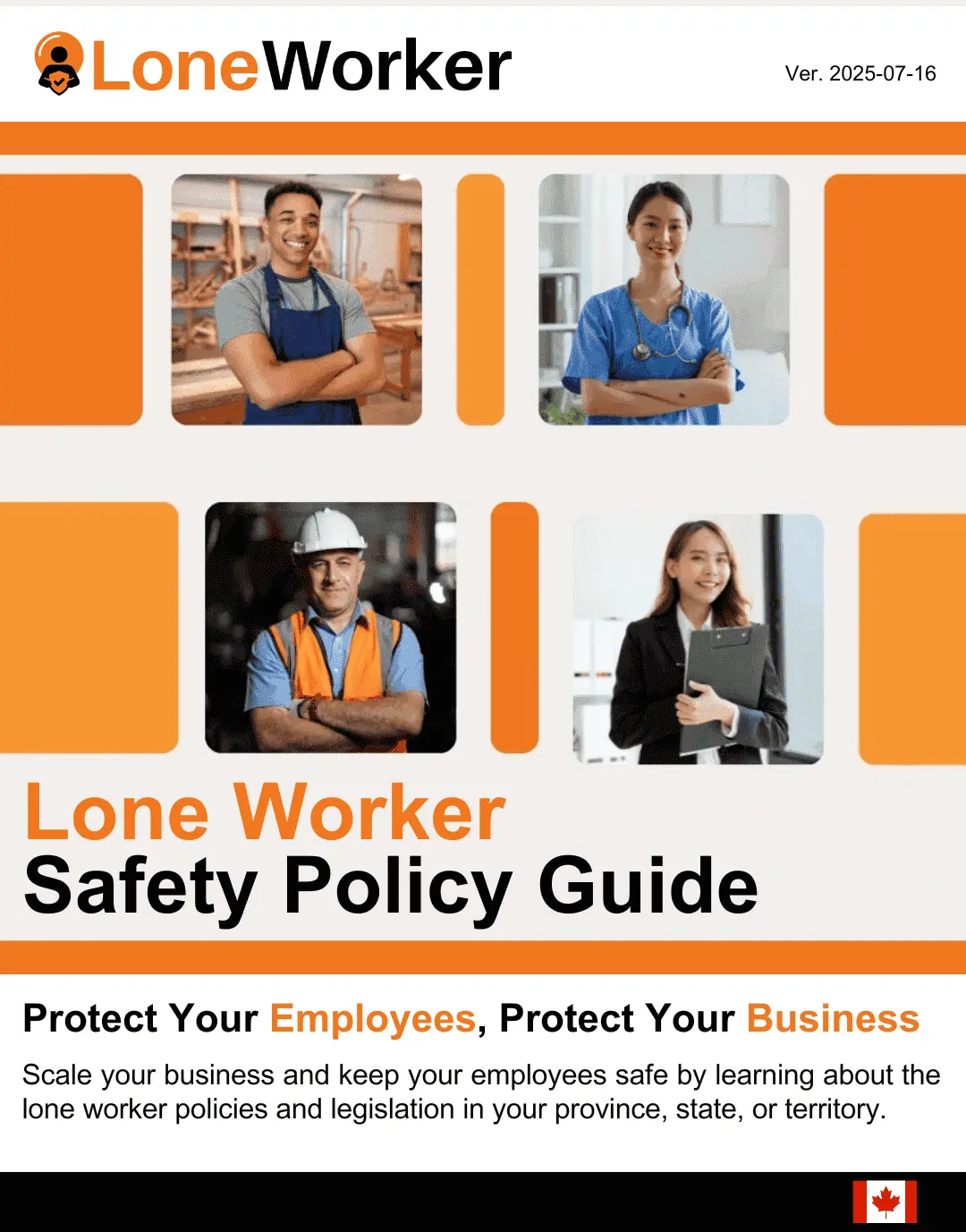The Leadership Responsibilities of a Safety Officer in Workplace Protection
Safety officers lead important protective duties to manage workplace risks through their efforts toward building safe organizational safety practices. Workers need to detect hazards through inspections, and they need to verify that safety protocols are constantly adhering to government requirements. Safety officers serve in a leadership capacity beyond enforcement duties by creating safe strategies for companies and changing worker interactions with their operational areas. The decisions made by safety officers directly affect staff members' well-being and the operational continuity of their organization because of safety incidents.
Education and training of staff about safety methods define an essential role for safety officers in their leadership responsibilities. Safety officers supervise new employee onboarding activities and conduct drills while providing the necessary

training needed for handling emergency responses. Safety officers must perform continuous department communication and update policies regularly while they maintain live visibility into risks at all times. Safety officers exemplify leadership through continual studies about the latest safety technology, along with relevant legislation and incident prevention techniques to prevent workplace accidents.
Safety officers maintain authority to make crucial decisions during all incidents they encounter. Safety officers respond immediately to medical crises as well as hazardous spills and equipment breakdowns by taking swift action to decrease injuries and build process coordination. The leadership role of safety officers demands extra vigilance when their workers conduct operations either independently or in distant locations. Lone workers are completely dependent on safety officer-generated preparation and system implementations, and enforcement mechanisms due to their lack of immediate supervision. The safety officers who step forward to lead become determiners of whether actions will succeed or if events will evolve without control. Safety officers perform beyond documentation duties because they build upon strategic vision and show continuous dedication to workplace safety.
Leveraging Lone Worker Solutions and Alert Devices to Help Safety Officers Strengthen Employee Safety and Oversight
Essential protective tools that safety officers need to protect isolated workers and those in dangerous environments come through lone worker solutions and alert devices. The solutions consist of wearable panic buttons along with GPS tracking and fall detection equipment, and required check-in periods. Safety officers use these tools to track worker positions as well as track their movements and status while maintaining real-time visibility to know when help is required. Lone worker systems increase the safety officer’s ability to control emergencies quickly by offering direct supervision features that mimic human presence even when direct staff monitoring is impractical.
The devices enable computerized operations of safety check-ins and communication, which minimize delayed response times and missed contacts. Through lone worker systems, the safety officer receives alerts about workers' missed check-ins and notices any detected sudden impacts, as well as periods of non-movement. The system ensures emergencies remain visible to quickly initiate rapid response procedures, which could lead to saving lives. Safety officers obtain valuable incident tracking assistance through improved data accuracy as well as time-stamped logs that these technologies deliver to enhance resolution planning efficiency.
Alert devices give safety officers the ability to detect repeating risks that employees face on their work sites. The tracking of recurring incidents at particular spots or job positions allows safety officers to create alterations in procedures or advise service modifications that stop future concerns from arising. Lone worker solutions transform live safety supervision into structured risk prevention measures. The tools enable safety officers to conduct proactive action before incidents arise because these instruments deliver quick and precise solutions for all emergencies. These safety systems enable safety officers to manage remote leadership functions, which results in enhanced support for both operational coverage and protection systems for isolated workers.
The Role of Lone Worker Policies in Enabling Safety Officers to Ensure Compliance and Care
Safety officers require functional lone worker policies to maintain their duty of care responsibilities while satisfying all workplace safety requirements. The guidelines comprise formal documents that define workforce expectations, together with monitoring standards and emergency steps when workers engage in solitary operations. Safety officers hold primary responsibility for developing workplace policies that must reflect individual work and setting risks before setting enforcement requirements. A safety officer remains exposed to operational vulnerabilities along with legal risks whenever lone workers function without proper guidance or support.
Lone worker protection follows specific requirements in occupational health and safety laws, which employer must provide active monitoring and create immediate emergency responses and document all risks together with their procedures. The safety officer needs to stay updated about legal requirements because these mandate necessary policies for their organization. Both the organization and the individual in charge of safety oversight will face major consequences when protective safety measures are omitted. The combination of current legislation giving authority to a lone worker policy enables both a compliant organization and clearly defined responsibilities for safety officers.
Lone worker policies serve as proof of the safety officer's commitment to both leadership and care through practical application. Through these policies, workers maintain an ongoing safety connection at all times, including their off-site duties. The established safety system enables regular check-ins and safety alert responses in addition to standardized follow-up procedures that keep safety as the top priority throughout regular operational periods. The implementation of a clear lone worker policy allows safety officers to dedicate their energy toward enhancing safety processes and examining current protocols, and magnifying safety improvements continuously. The system’s structure guarantees that all lone workers get proper support, so safety officers can successfully protect individuals in their actual operations beyond document-based protection.
Final Thoughts
A safety officer's leadership establishes fundamental conditions to discover hazards promptly and implement proper solutions for their resolution. Lone worker solutions, together with policy development, help safety officers monitor staff who work at remote locations. Lone worker solutions, along with dedicated protocols, serve as foundational elements that support fast emergency actions and regulatory compliance procedures. Modern security programs backed by proper tools allow safety officers to protect all employees from diverse distances while implementing responsible leadership through proactive methods. Deploying resources for lone worker safety creates both a strategic and compassionate pathway to protecting all employees within their workplace environments.




